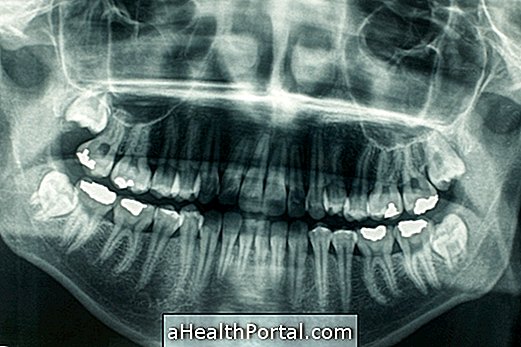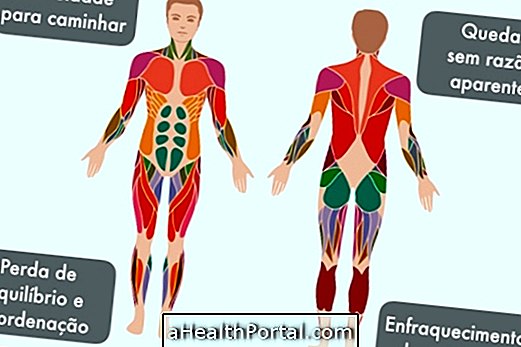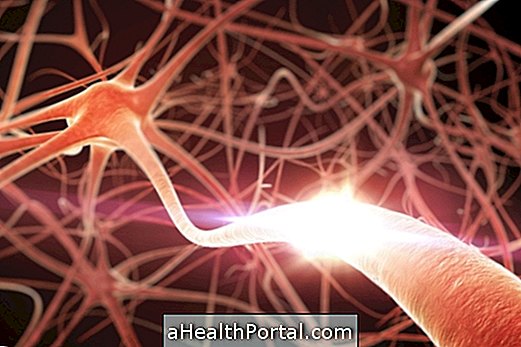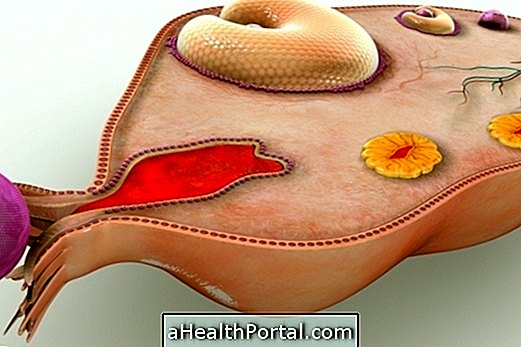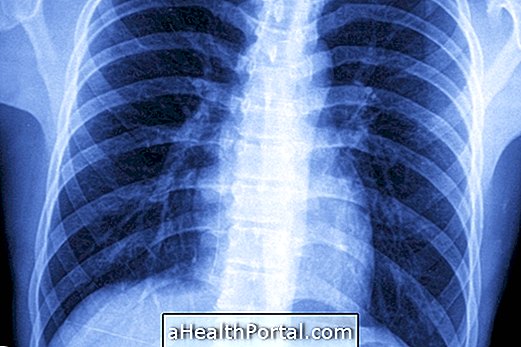Maritime Syndrome is a disease that affects the connective tissue of the body, making individuals very tall, thin and with limbs longer than normal. Generally, this disease affects other parts of the body like eyes, skin, cardiovascular and respiratory system.
The causes of Maritime Syndrome are genetic and result from a defect in a gene called fibrillin-1 that causes the ligaments, arteries, and joints to become flabby, brittle, and lose function.
Images Maritime Syndrome


Treatment of Maritime Syndrome
Treatment of Maritime Syndrome does not cure disease, but it helps reduce symptoms in order to improve patients' quality of life and aims to help minimize spinal deformities, improve joint movements and reduce the possibility of dislocations.
Therefore, patients with Maritime Syndrome should have regular examinations of the heart and blood vessels, and take medications such as beta-blockers or ACE inhibitors to prevent damage to the cardiovascular system. In addition, surgical treatment may be required to correct lesions in the aortic artery, for example.
Diagnosis of Maritime Syndrome
The diagnosis of Maritime Syndrome is made by the physician based on the skeletal changes and problems in the eyes presented by the patients. In addition, exams such as echocardiography to detect problems in the heart or aortic artery are also performed.
However, it is only through genetic testing that the mutation in the gene responsible for the onset of this disease can be detected and the diagnosis confirmed.
